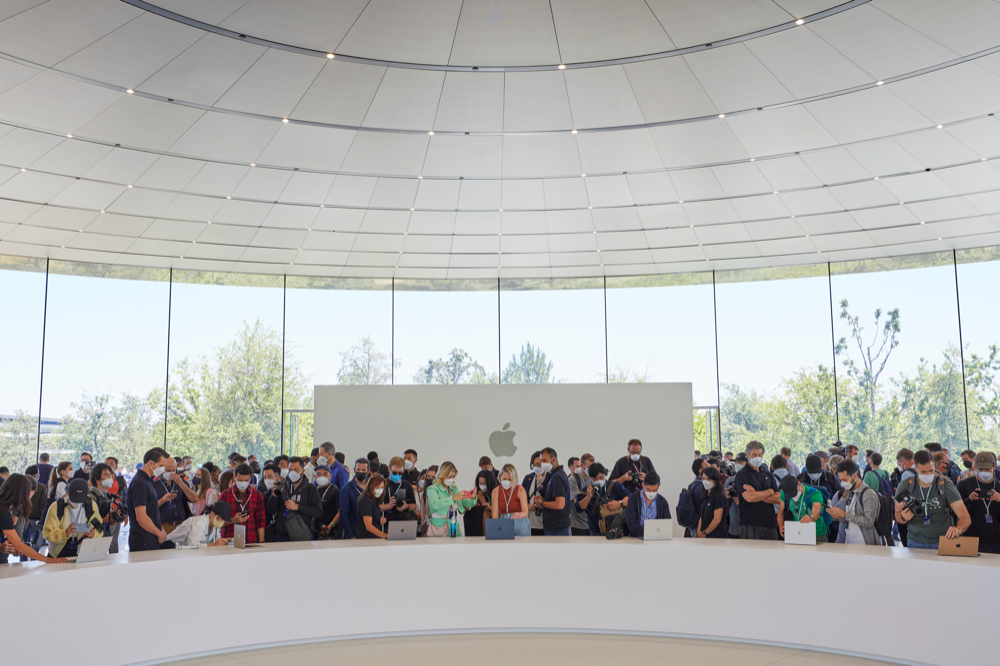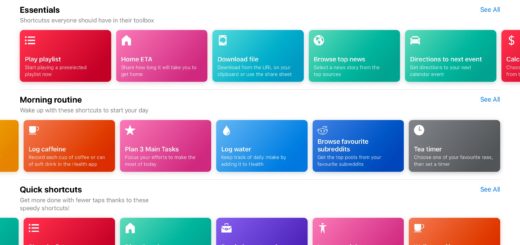Morgan Stanley: It’s when, not if, Apple will deliver AI on the edge

Apple has an opportunity to cruise ahead of the pack when it comes to Generative AI, argues Morgan Stanley’s Erik Woodring in his latest client note. I agree. Here’s the basic proposition to this.
Leading from behind
We know Apple appears to lag its rivals when it comes to the application of Generative AI, but there are problems with those technologies that haven’t yet been fully resolved.
One of these challenges is privacy and the need to protect it. That’s where Woodring has the chance to create a powerful system that combines the best of AI with the best of privacy. Essentially, he thinks (as I do) that the natural evolution for Apple here is to develop AI at the Edge.
He thinks this kind of edge-based intelligence will become more important over the next twelve months as new products appear and new killer apps turn up. Apple’s advantages for this include its massive user base, focus on privacy, and the high degree of integration across its products and services. Those advantages may turn into Edge AI benefits, he argues.
We can’t be certain Apple is working on this, nor can we accurately predict when such tech may appear, but the analyst sees Generative AI in Siri and Edge Intelligence as positive paths for the company’s research, moving forward.
Why does this matter?
It matters, “Because 50% of all enterprise data will be created at the edge, according to Gartner, leaving open an opportunity for hardware OEMs to come to market with a new generation of smart devices to power AI at the edge,” said the analyst.
He thinks this is an opportunity for Apple, which he describes as an ‘Edge AI Enabler’. He also thinks that if Apple succeeds it will unlock huge long term benefits.
It’s not just about the enterprise.
Inevitably as consumers get to understand GAI, they too will become concerned about the impact of unregulated intelligence on their lives.
They too will want better and faster results, more personalization, and more availability.
The analyst also argues that while an iPhone doesn’t really provide the equivalent processing as a server ban, Apple’s super-fast chips can process 35 trillion operations per second, which should be enough to power LLMs “up to high single digit billions of parameters,” on the device itself.
“We expect new battery tech, silicon, and edge devices to emerge in 2024 (and beyond), helping to spark investor interest in this theme,” he wrote.
Apple’s advantages
To achieve this, Apple can deploy existing advantages including:
- Number of Apple devices in use
- Powerful processors and integrated hardware/software.
- Its existing data privacy focus and market tested approach to maintaining that.
- Siri can benefit from its own LLM models.
- Apple can also find focused ways to deploy AI to support its existing hardware, think Fall Detection or Face ID.
Apple also has the money to invest in the project. “Apple’s emergence as a leading provider of AI at the edge is a matter of “when” not “if”,” he writes. Siri, Xcode, AI in Apple’s iWork suite, and future Apple-powered apps for health, finance, and fitness are all logical domains for this kind of AI he argues (I agree). He also imagines a Siri+ subscription service as one way to monetise what Apple could be building.
Apple is recruiting
The analyst shares that AI-related job postings at Apple have risen from 5% of total Apple job postings in c.2015 to around 20% today, “with an increased focus on “Natural Language Processing (NLP)” and “Deep Learning” skill sets that make up 20-40% of Apple’s AI job postings today.”
“We see this as clear confirmation of Apple’s AI intentions,” the analyst said.
We suspect that WWDC 2024 may turn out to be a good chance to see some of the first wave of Apple’s next-generation ‘Edge AI’ apps.
Please follow me on Mastodon, or join me in the AppleHolic’s bar & grill and Apple Discussions groups on MeWe.




